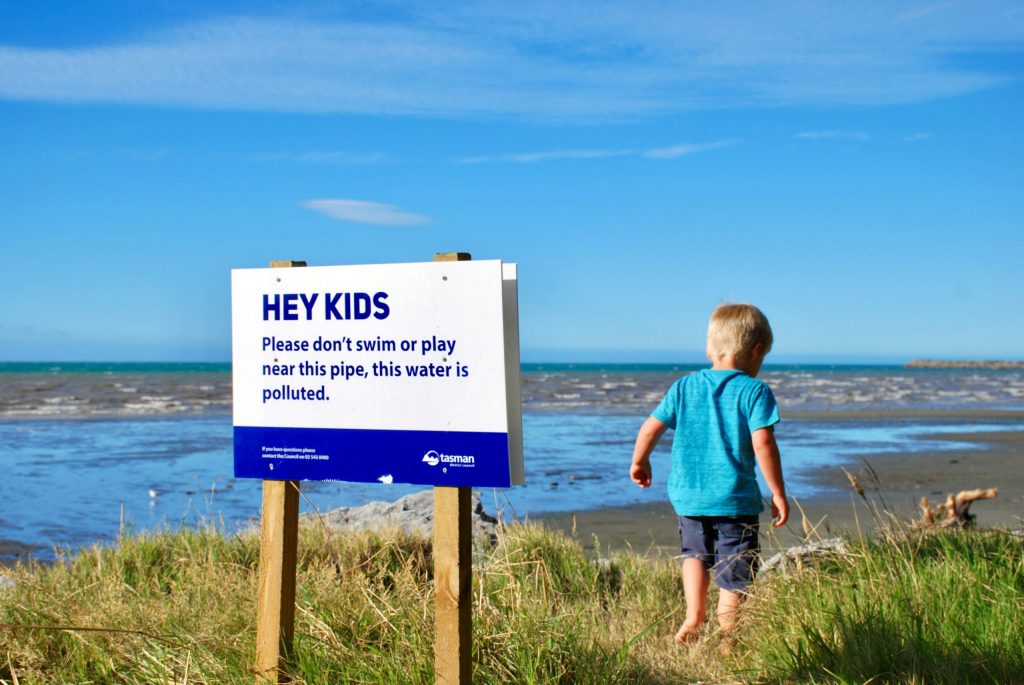Hexachlorocyclopentadiene

Parameter Type: Drinking Water Testing for Semi-Volatile Organics
Parameter Name: Hexachlorocyclopentadiene
What it is and Where it Comes From:
Is an insecticide also known as C-56, Hexachlorocyclopentadiene is a colorless organochlorine compound and forerunner of many pesticides today. The oily, chemical compound has a pungent odor and may sometimes come in yellow-green organic liquid. The pesticides obtained from the organochlorine compound are known as cyclodienes. The organic liquid is used as an essential ingredient in the production of other chemicals including pesticides, plastics, flame retardants and many more. Hexachlorocyclopentadiene is manufactured and principally used as an insecticide in the United States and other countries. Hex can get into water systems through improper discharge from chemical factories. Private wells located near these sites are in danger of contamination. The chemical compound is only present in water systems near chemical factories. Drinking water testing gives you several benefits like peace of mind, identifying contaminants in your water, and insight into health concerns. Safe Home offers Laboratory drinking water testing kits for hexachlorocyclopentadiene, allowing you to collect your water sample and ship it directly to our EPA-Certified Laboratory. This platform of drinking water testing for hexachlorocyclopentadiene will give you an accurate level based on the lowest level of a parameter our instruments can detect (Method Detection Level). Safe Home drinking water testing for semi-volatiles can be used for city and well water supplies. Drinking water testing should be done any time you notice a significant change in your water quality.
Health Effects:
Kidney and stomach problems are some of the potential health threats associated with hexachlorocyclopentadiene exposure. If you are exposed to the contaminated drinking water for a long time, there is a high chance of experiencing these health issues. EPA has found hexachlorocyclopentadiene (HEX) to potentially cause the following health effects from acute exposures at levels above the MCL: gastrointestinal distress; damage to liver, kidneys, and heart. Animal studies have seen effects on the lung, liver, kidney, and blood. EPA has classified hexachlorocyclopentadiene as a Group D, not classifiable as to human carcinogenicity.
Solutions to Contaminant Levels:
You have completed the drinking water testing process, what Is the next step? The Best Reduction Media for Removing Hexachlorocyclopentadiene from Drinking Water is granular activated carbon. A filter with granular activated carbon (GAC) is a proven option to remove certain chemicals, particularly organic chemicals, from water. Activated carbon is a porous material that removes organic compounds from liquids and gases by a process known as “adsorption.” In adsorption, organic molecules contained in a liquid or gas are attracted and bound to the surface of the pores of the activated carbon as the liquid or gas is passed through. Adsorption occurs on the internal surface of activated carbon, termed the adsorbent. During adsorption, liquids or gases pass through the highly porous structure of the activated carbon. The compound(s) to be removed, termed the adsorbate(s), diffuses to the surface of the adsorbent, and is retained because of attractive forces. The primary raw material used in the production of our activated carbons is bituminous coal that is crushed, sized, and processed in low temperature bakers followed by high-temperature activation furnaces. Activation develops the pore structure of the carbon. Through adjustments in the activation process, differentiated pores for a particular purification application are developed. Who do I need to contact to find out more information about water quality in my area? Every community water supplier must provide an annual report to its customers, known as a Consumer Confidence Report (CCR). The report provides information on your local drinking water quality, including the water’s source, contaminants found in the water, and how consumers can get involved in protecting drinking water. How often does the local public water system preform drinking water testing? Frequency of drinking water testing depends on the number of people served, the type of water source, and types of contaminants. Certain contaminants are tested more frequently than others, as established by the Safe Drinking Water Act. You can find out about levels of regulated contaminants in your treated water for the previous calendar year in your annual Consumer Confidence Report (CCR).
File Under: Semi-Volatile Organics
Drinking Water Testing - Parameter Types
Important Terms
-
MCL’s (Maximum Contaminant Levels) MCL’s are levels that set by the USEPA and are enforceable to Public Water Utilities, requiring additional treatment, when the levels are exceeded. These same guidelines should be at least considered, by owners of private wells. Some states have more strict guidelines than the USEPA. Not all parameters have MCL’s. If the parameter has an MCL, it’s listed.
-
MCLG’s (Maximum Contaminant Level Goals) MCLG’s are goals set by the USEPA that we should all strive for when consuming drinking water from any water supply. Concentrations of certain parameters (even below the MCL’s), are still not healthy for humans and animals to drink. These same guidelines should at least be be considered, by owners of private wells. Some states have more strict guidelines than the USEPA. Not all parameters have MCLG’s. If the parameter has an MCLG, it’s listed.
-
ACTION LEVELS ACTION LEVELS are a specified concentration of a respective parameter in drinking water, that is above a “treatment level” set by the USEPA. When these levels are exceeded, further treatment and monitoring is required by the respective utility who’s water violated this limit.Action Levels apply to parameter-rules such as but not limited to the Copper/Lead Rule.
-
PARTS PER MILLION (ppm) PPM is a scientific measurement which represents milligrams of the parameter being tested per liter of the respective liquid. Example: If Copper in your water supply is at a concentration of 1.00 mg/L, this is the same as saying the concentration is 1.00 ppm.


